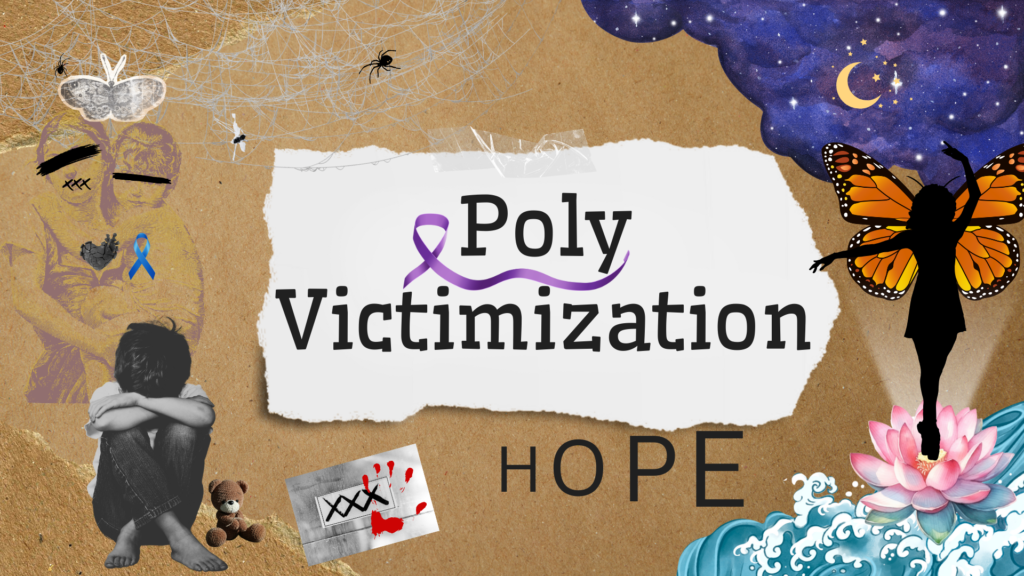Poly Victimization: What if the boy crying wolf was experiencing wolves every day?

What if the boy crying wolf was experiencing wolves every day?
Wolves often hunt in the same place: “Wolves might find themselves returning to a sheep herd because it offers a dependable food source. They often learn that the herd is an easier place to hunt, especially if they’ve had success there before. Plus, being social animals, wolves enjoy the chance to work together and strategize, making those visits feel like a familiar routine.”
The conversation around victimization has evolved, yet one critical aspect remains under-discussed: poly victimization. This term describes individuals who face multiple forms of victimization over time—emotional, physical, or sexual. Understanding the intricacies of poly victimization is essential for supporting those affected and fostering a more compassionate society.
The Misunderstanding of Victims
One of the most troubling aspects of poly victimization is the stigma that often surrounds it. Many victims find themselves misunderstood, facing accusations of exaggeration or deceit. Expressions like “crying wolf” can trivialize their experiences, leading to profound feelings of isolation and despair. This skepticism can result not only in personal trauma but also in cases being dropped or deemed unfounded, which is entirely inappropriate. It undermines the seriousness of their situations and ignores the complexities of their narratives.
This misunderstanding arises from societal biases, a lack of awareness about trauma’s intricacies, and the tendency to simplify experiences into clear-cut roles of victim and perpetrator.
The Cycle of Victimization
Another critical component of poly victimization is the cyclical nature of trauma. Research shows that individuals who have experienced victimization are at a higher risk for future incidents, which then leads to higher risk for future incidents, which then leads to higher risk for future incidents…. This reality highlights the profound psychological effects of trauma. Survivors may grapple with feelings of helplessness, self-blame, and diminished self-worth, all of which can heighten vulnerability to re-victimization.
Addressing this issue requires a comprehensive approach to victim support. Each case must be treated with the seriousness it deserves, irrespective of the victim’s history. Neglecting prior experiences perpetuates a culture of disbelief and neglect, causing further harm to those already suffering.
Context Matters
It is common to view victimization as a singular event, failing to recognize that issues like domestic violence, human trafficking, and child abuse are patterns of behavior that cannot be isolated. Understanding the broader context of these situations is crucial for effective intervention.
The Importance of Compassionate Response
To truly grasp poly victimization, we need a multifaceted approach that prioritizes empathy and validation. Friends, family, and society must understand that victims are not defined solely by their experiences; their stories often involve complex layers of trauma that can lead to misunderstandings.
Support systems must be established that not only believe victims but also equip them with essential resources for healing, including access to mental health services, legal support, and community outreach programs aimed at breaking the cycle of victimization.
To effectively address poly victimization, we must shift our societal perspective. Education plays a vital role, as does fostering open dialogue about trauma and its effects. Creating an environment where victims can share the entirety of their experiences without fear of judgment or disbelief is essential for dismantling the stigma surrounding poly victimization.